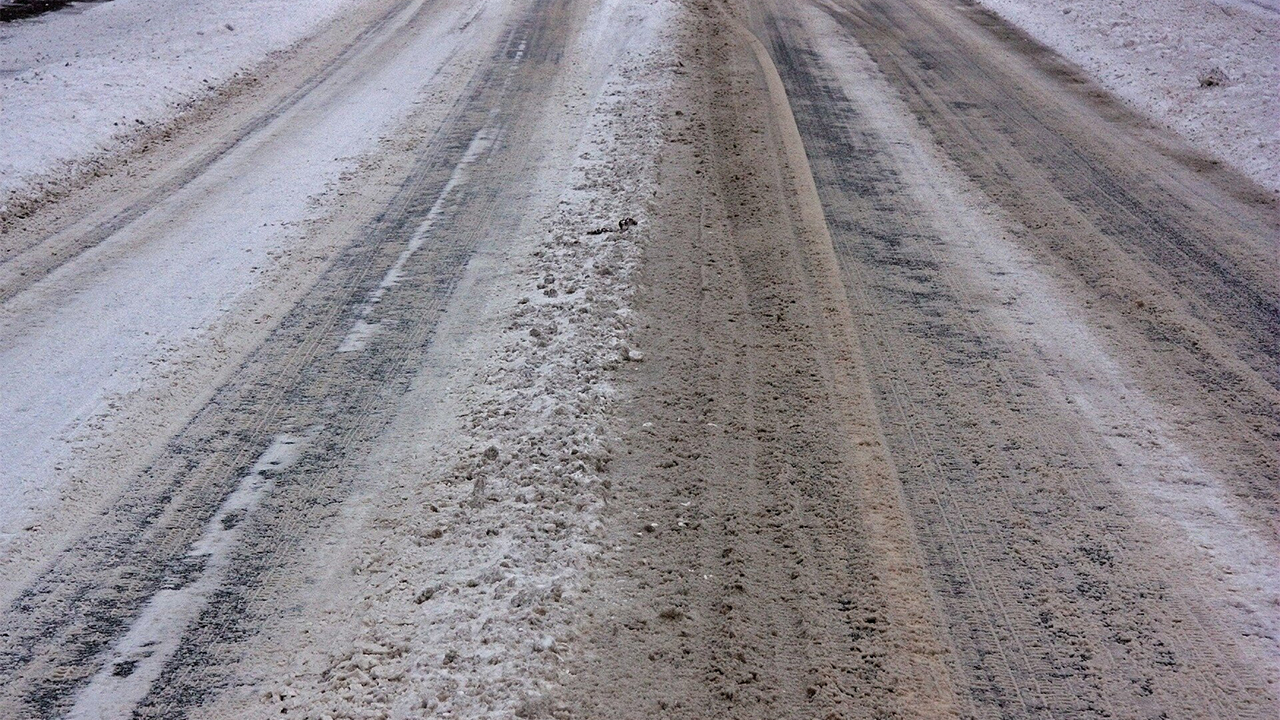A groundbreaking new study warns that human activities are disrupting Earth’s natural “salt cycle” on a global scale, potentially creating an “existential threat” if current trends persist. Published in the journal Nature Reviews Earth & Environment and led by University of Maryland Geology Professor Sujay Kaushal, this research reveals that human actions are causing air, soil, and freshwater across the planet to become saltier, with far-reaching consequences for the environment and human health.
Traditionally, geological and hydrological processes have gradually brought salts to the Earth’s surface. However, activities such as mining, land development, agriculture, construction, water and road treatment, and industrial practices are accelerating this natural salt cycle. This rapid intensification of salinization can harm biodiversity and, in extreme cases, render drinking water unsafe.
Kaushal likens Earth’s salt imbalance to an organism accumulating too much salt, potentially affecting the proper functioning of vital systems or ecosystems. Removing salt from water is not only energy-intensive but also expensive, and the resulting brine byproduct is even saltier than ocean water, posing disposal challenges.
The study defines these disturbances as an “anthropogenic salt cycle,” marking the first time it has been demonstrated that human activities affect salt concentration and cycling on a global scale. The study considered various salt ions, with calcium, magnesium, potassium, and sulfate ions being among the most abundant.
While sodium chloride is the most common salt people think of, the study highlights that other types of salts related to limestone, gypsum, and calcium sulfate have also been disrupted. These disturbances have impacted roughly 2.5 billion acres of soil worldwide, an area roughly equivalent to the size of the United States. Salt ions in streams and rivers have increased over the last 50 years, coinciding with the global rise in salt use and production.
Salt has even infiltrated the atmosphere, as lakes in certain regions are drying up and releasing saline dust into the air. In snowy areas, road salts can become aerosolized, creating sodium and chloride particulate matter. This salinization also triggers cascading effects, such as accelerating snowmelt and harming communities dependent on snow for their water supply. Salt ions’ ability to bind to contaminants in soils and sediments forms “chemical cocktails” circulating in the environment with detrimental effects.
In the United States, road salts are a major contributor, with the nation producing 44 billion pounds of deicing agents annually. Road salts constitute 44% of U.S. salt consumption between 2013 and 2017 and account for 13.9% of total dissolved solids entering the country’s streams. This excessive salt concentration is a significant concern for watersheds.
To address the impending threat of salt inundation in U.S. waterways, Kaushal recommends implementing policies that limit road salts or promote alternatives. Some U.S. cities, such as Washington, D.C., have already begun using alternatives like beet juice for road treatment, which is just as effective but contains significantly less salt.








